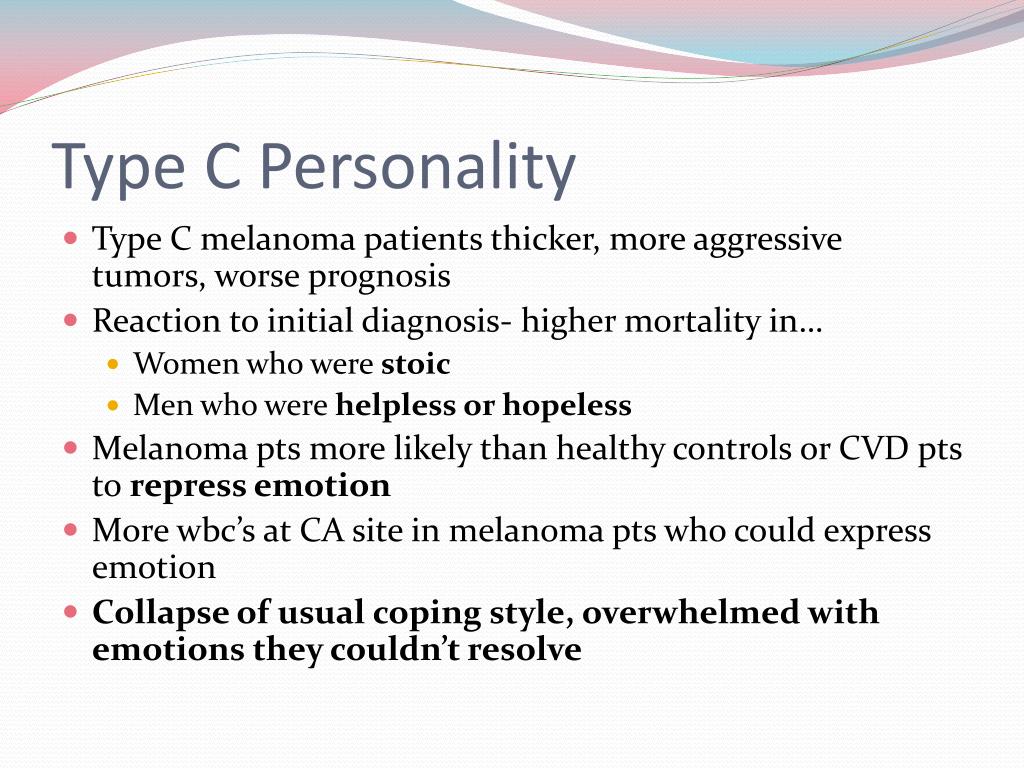

Each personality type has their personality traits, strengths, weaknesses including the type of jobs they are fit for. In so doing, it augments the learner’s ability to not only assess the readiness of a follower to perform a task but also to effectively adapt and communicate the appropriate leadership style.4 Personality Types Test: Several studies into human behaviour have classified four main personality types. This program integrates the application of the Everything DiSC ® Management Assessment with the Situational Leadership ® Model. The Center for Leadership Studies offers a DiSC training program that is fully integrated with Situational Leadership ® (Leading With DiSC ®). If you happen to be a leader that is genuinely interested in becoming more effective, DiSC ® training is a very good place to start! If nothing else, you can learn important things about yourself, as well as important things about those you are attempting to influence. They have a tendency to “overanalyze” but when they reach a level of comfort, they can serve as a calming source of objective support. As such, they will typically respond to disruptions in their routine by openly questioning the feasibility and viability of the proposed path forward. They are driven by logic and objective analysis. They enjoy opportunities to demonstrate their expertise and share the quality of their work. They can best be described as “detail oriented” and have a strong preference for an environment defined by its stability. This style is both cautious and skeptical. They have a tendency to struggle with change that disrupts their routine and can be shocked, stunned or temporarily dazed by its emergence. They excel at cooperation and are routinely described as “calm” or “patient.” They respond to the challenges of their environment in a thoughtful and comparatively methodical manner routinely providing others with empathy and support. They are highly motivated to help others and maintain the stability of their environment.

This style is both cautious and accepting. They are also prone to “keep people happy” and as a result may be reluctant to provide others with constructive feedback or pay adequate attention to follow-through or attention to detail. They pursue environmental challenges in an outgoing, enthusiastic and optimistic manner. They tend to welcome others in a warm and inviting manner that encourages collaboration and generates excitement. They are “people oriented” and are motivated by their connections with others. They can also become easily irritated with opposing points of view which elicits a response that can be categorized as indifference, intolerance or hostility. They pursue challenges in a dynamic, assertive and self-assured manner. They typically dive into challenges produced by their environment and place a high priority on “winning.” They tend to be more receptive to logic, data and analysis than they are to somebody else’s “gut-level feel” or intuition. Each of us is a blend of these styles in one way or another, and no one style is “better or worse” than the other. The feedback you receive is categorized into four basic behavioral styles. This insight provides you with enhanced awareness of the behavior of those you interact with and attempt to influence, as well. You are provided with rationale that explains how you perceive your environment and whether you have a tendency to respond to that environment with skepticism and questions or with warmth and acceptance.

Your feedback is like a reflection in a personality mirror. The “light bulbs” that switch on when you go through DiSC ® training are both consistent and predictable. These words are correlated to four basic behavioral styles. What Does DiSC ® Stand For?ĭiSC ® is an acronym consisting of the words dominance, influence, steadiness, and conscientiousness. In so doing, it also identifies patterns of behavior that might seem at first glance to be foreign, unfamiliar or even contrary.

Simply stated, DiSC ® is a personal development model that helps people understand why they do what they do! In that regard, it is a framework that brings individual preferences and tendencies to light.


 0 kommentar(er)
0 kommentar(er)
